Resources
About Us
Medical Imaging Market Size, Share, Forecast, & Trends Analysis by Product (X-ray [Digital, Analog] MRI [Closed, Open] Ultrasound, CT, Nuclear Imaging [SPECT, PET]), Application (General, OB/GYN, Cardiology, Oncology), End User—Global Forecast to 2032
Report ID: MRHC - 104249 Pages: 500 Jan-2025 Formats*: PDF Category: Healthcare Delivery: 24 to 72 Hours Download Free Sample ReportThe growth of this market is driven by increasing government investments and funding in the modernization of imaging facilities, growth in the number of diagnostic imaging centers, increasing preference for minimally invasive treatments, growing focus on preventive care, and technological advancements. Moreover, the development of low-cost imaging systems and the increasing integration of artificial intelligence (AI) in digital X-ray systems are expected to offer growth opportunities for the players operating in this market.
Technological advancements are leading to an increased preference for advanced medical imaging systems over conventional systems. Many advancements have been made in imaging systems, such as digital X-ray systems, which include AI-aided X-ray interpretation, tomosynthesis, dual-energy imaging, automatic image stitching, computer-aided diagnosis, and digital mobile radiography. For instance, in March 2024, Canon, Inc. (Japan) launched Celex, a computed tomography (CT) and multipurpose X-ray system that offers automated and adjustable capabilities to improve production efficiencies.
Other technologies being developed for medical imaging include augmented reality, three-dimensional printing, cinematic rendering, and digital twin technology. These will lead to reports of patients reaching the radiologists faster, personalized treatment regimens, higher efficiency and accuracy, reduced radiation exposure, and realistic visualization of organs.
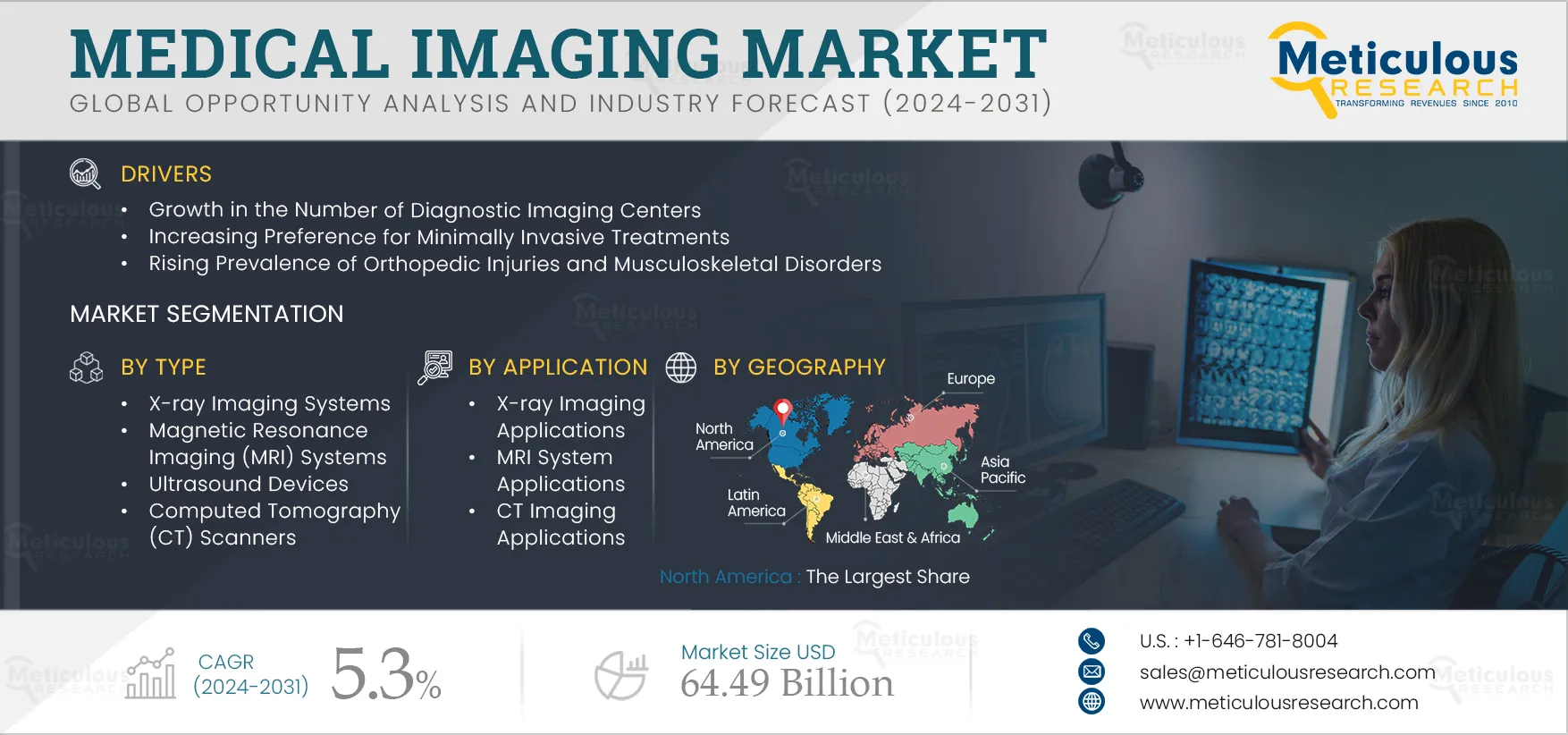
Click here to: Get Free Sample Pages of this Report
Musculoskeletal disorders are linked to occupational injuries, sports injuries, and age-related dysfunction. Common musculoskeletal conditions include rheumatoid arthritis, osteoarthritis, osteoporosis, and septic arthritis. Among the elderly population, bone fractures and broken hips are prevalent orthopedic injuries. Globally, many individuals experience musculoskeletal conditions. For instance, according to the World Health Organization (WHO), in 2021, approximately 1.71 billion people worldwide are affected by musculoskeletal conditions.
Musculoskeletal imaging systems can also aid in diagnosing conditions like work-related injuries and chronic conditions, including sprains, strains, tears, back pain, carpal tunnel syndrome, and hernias. Thus, the growing number of musculoskeletal injuries is driving the demand for medical imaging.
Teleradiology enables the sharing of radiographic images with physicians in distant locations to support interpretation and diagnosis. Telemedicine for radiology improves patient experience and care by allowing radiologists to provide services without traveling to a patient’s location. It also allows radiologists to consult with experts, such as neuroradiologists and pediatric radiologists, for streamlined and quick consultations that expedite patient diagnosis and help both parties initiate a treatment plan.
According to a survey by the American Medical Association (AMA), radiology makes more extensive use of telemedicine for patient interactions than any other medical specialty. The demand for telehealth has increased since the outbreak of the COVID-19 pandemic. Also, according to the American Hospital Association (AHA), in 2020, 76% of U.S. hospitals were using telehealth services, including teleradiology, compared to just 35% in 2010. Thus, the increasing utilization of teleradiology has positively impacted the adoption of medical imaging systems, driving the growth of the market.
The incorporation of artificial intelligence (AI) into medical diagnostics can make healthcare more accessible and affordable for patients and help healthcare providers make accurate and quick treatment decisions. The use of AI in medical diagnostics improves the accuracy of diagnosis and aids healthcare professionals in making clinical decisions. The Diagnosis Journal estimates that globally, about 10-15% of all diagnoses are incorrect. According to the Southern Medical Association, about 5% of outpatients in the U.S. receive correct diagnoses. Errors in the diagnoses of complicated life-threatening diseases can pose a serious risk to patient health.
AI and machine learning (ML) have emerged as powerful tools that enable more accurate diagnoses and help physicians in clinical decision-making. In March 2025, Koninklijke Philips N.V. (Netherlands) collaborated with SyntheticMR (Sweden) to develop quantitative brain imaging tools along with artificial intelligence (AI) to diagnose disorders such as multiple sclerosis (MS), traumatic brain injuries (TBI) and dementia.
Developed economies, such as North America and Europe, contribute greatly to the medical imaging market. These markets are relatively better penetrated. Hence, the players operating in the medical imaging market are increasingly shifting their focus to underpenetrated markets in emerging economies such as Asia-Pacific and Latin America. Certain countries in these economies, such as India, Brazil, and Singapore, offer growth opportunities due to their improving healthcare infrastructures, growing aging population coupled with the high prevalence of chronic diseases, rising healthcare expenditures and income levels, improving access to healthcare services, and growing government investments in the development of healthcare infrastructure. According to the United Nations’ World Population Prospects, India’s population is expected to rise to 1.51 billion in 2032 from 1.42 billion in 2022.
Healthcare spending is gradually increasing in developed countries. Rising healthcare spending in emerging economies is expected to create growth opportunities for diagnostic imaging system manufacturers. For instance, according to the India Brand Equity Foundation, India’s Economic Survey 2022 revealed that public spending on healthcare was 2.1% of the country’s GDP in 2021–2022, an increase compared to 1.8% in 2020–2021 and 1.3% in 2019–2020.
Thus, emerging countries are expected to provide significant growth opportunities for the players operating in the medical imaging market.
Based on type, the market is segmented into X-ray imaging systems, magnetic resonance imaging (MRI) systems, ultrasound devices, computed tomography (CT) scanners, nuclear imaging systems, and software & services. In 2025, the X-ray imaging systems segment is expected to account for the largest share of 31% of the medical imaging market. X-ray is the most common and routinely performed imaging test in any healthcare setting. Growth in the number of hospitals and diagnostic centers and the rising number of injuries are increasing the demand for X-ray imaging.
However, the nuclear imaging segment is expected to register the fastest CAGR of 7.20% during the forecast period of 2025–2032. Nuclear imaging includes techniques such as positron emission tomography (PET) and single-photon emission computed tomography (SPECT). The growing application of nuclear imaging in oncology, neurology, and cardiology drives the market growth. For instance, in October 2022, Spectrum Dynamics Medical, Inc. (U.S.) launched the VERITON-CT 400 Series, which is a digital SPECT/CT scanner that can image high energy isotopes using the solid-state detector technology in a CZT-based, wide-bore SPECT/CT configuration, which enables the imaging of total body, brain, heart, and other imaging applications. Such advancements in the systems are expected to drive the demand for nuclear imaging.
Based on applications, the market is segmented into X-ray imaging applications, MRI system applications, ultrasound device applications, CT scanner applications, and nuclear imaging system applications. In 2025, the X-ray imaging applications segment is expected to account for the largest share of the medical imaging market.
X-ray imaging systems are extensively used for the diagnosis, treatment planning, and monitoring of various conditions, including chronic and traumatic conditions. These systems can be used in various applications such as dental, mammography, and general radiography, among others. The large share of the segment is attributed to factors such as rising incidence of cancer, growing dental disease burden, and wide accessibility to X-ray imaging for multiple applications. According to the U.S. Food and Drug Administration (FDA), as of March 2025, a total of 41,350,402 mammography procedures were performed in the U.S. The rising incidence of breast cancer is further driving the market growth.
Based on end users, the market is segmented into hospitals & clinics, diagnostic imaging centers, and other end users. In 2025, the hospitals & clinics segment is expected to account for the largest share of 43.5% of the medical imaging market. Hospitals and clinics also include ambulatory surgery centers and nursing care centers. The widespread adoption of medical imaging systems has improved patient care and streamlined workflows in hospitals and clinics worldwide. Hospitals, as a single healthcare setting, provide wide access to multiple healthcare services such as diagnosis, monitoring, and treatment. Hospitals use medical diagnostic systems for numerous applications, including mammography, chest and lung imaging, bone fracture screenings, angiography, dental imaging, and many more. Thus, the growing incidence of cancer and respiratory diseases and a rising number of injuries are supporting the largest share of hospitals & clinics.
In 2025, North America is expected to account for the largest share of 37.6% of the medical imaging market, followed by Europe, Asia-Pacific, Latin America, and the Middle East & Africa. The largest share of the segment is primarily due to the high burden of chronic diseases due to the growing geriatric population, high adoption of teleradiology, technological advancements in medical imaging, and the growing preference for advanced imaging systems over conventional systems. Continuous advancements in medical imaging technologies have contributed to the market’s largest share in North America.
However, Asia-Pacific is slated to register the fastest CAGR of 7.80% during the forecast period. This is attributed to factors such as the increasing number of hospitals and diagnostic centers, favorable government policies and initiatives, increasing healthcare expenditure, improving infrastructure, an aging population, and the rising focus of key players in the region. The growing penetration of advanced technologies in medical imaging also supports market growth. For instance, as per the Philips Future Health Index survey, nearly 67% of healthcare facilities surveyed (above the global average of 56%) already use or plan to use digital health technology, such as artificial intelligence or predictive analytics, to reduce the impact of healthcare workforce shortages.
The report offers a competitive analysis based on an extensive assessment of the leading players’ product portfolios, geographic presence, and key growth strategies adopted in the last 3–4 years. Some of the key players operating in the medical imaging market are Carestream Health, Inc. (U.S.), Esaote S.P.A. (Italy), FUJIFILM Holdings Corporation (Japan), GE HealthCare (U.S.), Hitachi Ltd. (Japan), Koninklijke Philips N.V. (Netherlands), Siemens AG (Germany), Shimadzu Corporation (Japan), Samsung Medison Co., Ltd. (South Korea), and Canon Medical Systems Corporation (Japan). As of 2024, Siemens AG (Germany), GE HealthCare (U.S.), and Koninklijke Philips N.V. (Netherlands) collectively hold a share of 50-55% in the global medical imaging market.
In February 2025, Visage Imaging, Inc. (U.S.) launched an immersive imaging platform for use with Apple, Inc.’s (U.S.) augmented reality headset, Apple Vision Pro. This platform includes AI-enabled enterprise imaging software, including Visage 7, Visage Ease, and Visage Ease Pro, to allow users to examine diagnostic images and also help improve radiologists' readings and workflows.
In August 2024, FUJIFILM Healthcare Americas Corporation (U.S.) received FDA 510(k) clearance for its 1.5 Tesla magnetic resonance imaging (MRI) system, the ECHELON Synergy. This system includes FUJIFILM’s Deep Learning Reconstruction (DLP) technology powered by artificial intelligence (AI) to enhance the sharpness of images and acquire scans faster, leading to high throughput, image quality, and patient satisfaction.
|
Particulars |
Details |
|
Number of Pages |
500 |
|
Format |
|
|
Forecast Period |
2025–2032 |
|
Base Year |
2024 |
|
CAGR (Value) |
5.3% |
|
Market Size (Value) |
USD 64.49 Billion by 2032 |
|
Segments Covered |
By Type
By Application
By End User
|
|
Countries Covered |
North America (U.S., Canada), Europe (Germany, France, U.K., Italy, Spain, Netherlands, Switzerland, and Rest of Europe), Asia-Pacific (China, Japan, India, South Korea, and Rest of Asia-Pacific), Latin America (Brazil, Mexico, and Rest of Latin America), and Middle East & Africa |
|
Key Companies |
Carestream Health, Inc. (U.S.), Esaote S.P.A. (Italy), FUJIFILM Holdings Corporation (Japan), GE HealthCare (U.S.), Hitachi Ltd. (Japan), Koninklijke Philips N.V. (Netherlands), Siemens AG (Germany), Shimadzu Corporation (Japan), Samsung Medison Co., Ltd. (South Korea), and Canon Medical Systems Corporation (Japan) |
This market study covers the market sizes and forecasts of medical imaging systems based on product, application, end user, and geography. It also provides the value analysis of various segments and sub-segments of the global medical imaging market at country levels.
The medical imaging market is projected to reach $64.49 billion by 2032, at a CAGR of 5.3ss% during the forecast period.
The X-ray imaging systems segment is expected to account for the largest share of the market in 2025. Factors such as the growing volume of medical imaging and the low cost of X-ray imaging support the largest share of the market.
Which application segment is expected to hold the major share of the medical imaging market in 2025?
Among applications, in 2025, the X-ray imaging applications segment is expected to hold the major share of the market. Factors such as the growing incidence of chronic diseases and the rising incidence of injuries support the largest share of the market.
The growth of this market can be attributed to several factors, including the increasing investments and funding by government bodies for the modernization of imaging facilities, the growth in the number of diagnostic imaging centers, the increasing preference for minimally invasive treatments, the growing focus on preventive care, and technological advancements leading to a higher preference for X-ray systems. Moreover, the development of low-cost imaging systems and the increasing integration of artificial intelligence (AI) in digital X-ray systems are expected to offer growth opportunities for the players operating in this market.
The key players profiled in the medical imaging market report are Carestream Health, Inc. (U.S.), Esaote S.P.A. (Italy), FUJIFILM Holdings Corporation (Japan), GE HealthCare (U.S.), Hitachi Ltd. (Japan), Koninklijke Philips N.V. (Netherlands), Siemens AG (Germany), Shimadzu Corporation (Japan), Samsung Medison Co., Ltd. (South Korea), and Canon Medical Systems Corporation (Japan).
In 2025, countries such as China, Brazil, and India are expected to offer significant growth opportunities for the vendors in this market during the analysis period. This is due to factors such as a growing patient population, increasing disposable incomes, and expansion of key players in emerging countries that support the market growth.




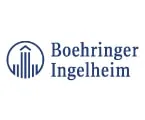

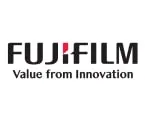


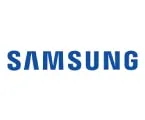


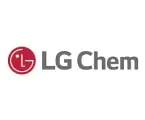


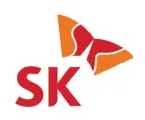


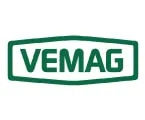
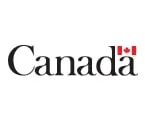




Published Date: Jan-2025
Published Date: Jan-2025
Published Date: May-2024
Published Date: Jan-2023
Published Date: Mar-2019
Please enter your corporate email id here to view sample report.
Subscribe to get the latest industry updates